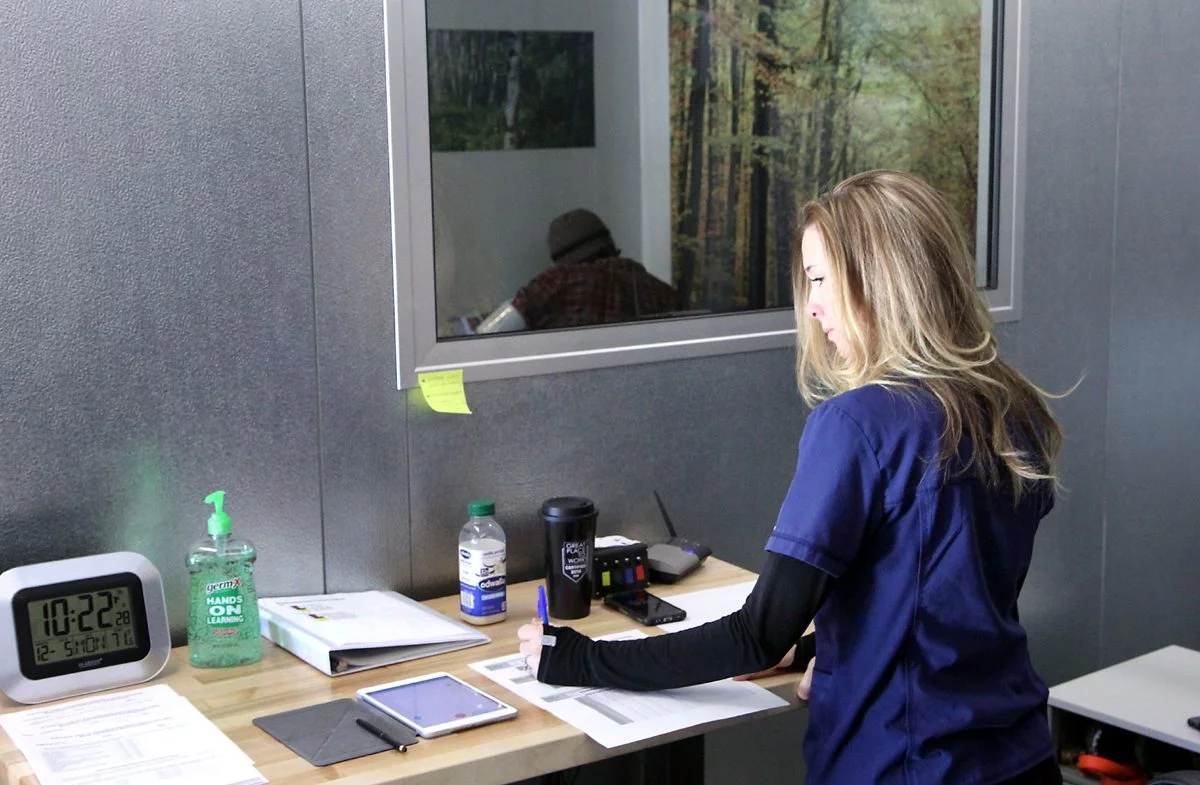
About 3 billion people worldwide — nearly half the world’s population — are exposed to air pollutants by way of the smoke from their cooking stoves, likely contributing to everything from heart disease and lung cancer to low birth weight, according to the National Institutes of Health. Colorado State University, with help from UCHealth nurses and physicians, is helping uncover the facts and discover solutions.
“This type of exposure is one of the top environmental risk factors for mortality and morbidity in the world,” said Professor Jennifer Peel, who is the study’s principal investigator, along with Professor John Volckens, both of the Colorado School of Public Health at CSU.
CSU is enrolling its last group of 18- to 35-year-old participants in an NIH-funded study that exposes participants to smoke from different types of cookstoves in an effort to better understand the health effects on the heart and lungs to exposure to emissions from cookstoves.
Several years ago, the United Nations launched the Global Alliance for Clean Cookstoves to address this issue of exposure to household air pollution, which it says contributes to about 4.3 million premature deaths annually, mostly of women and children. As part of that effort, it set a goal of 100 million households gaining access to clean and efficient cookstoves and fuels by 2020. The United States committed more than $50 million to the effort, including about $25 million in research funds for the NIH.
CSU’s study started about two years ago, and up until this year, the research team spent the majority of their time characterizing the emissions of the different cooking and heating stoves used throughout the world, Peel said.
Now the team is measuring short-term changes in heart and lung health associated with exposure to those air pollution generated from those stove.
UCHealth cardiologist Dr. Gary Luckasen is interested in learning more about the latter.

CSU research assistant Lizette Van Zyl holds one of the cookstoves being testing in the study. This study looks at the health responses associated with five different cookstoves and is part of a worldwide effort to prevent smoke pollutant-related diseases. Photo by Kati Blocker, UCHealth.
There are many factors involved in heart disease development, and these stoves are likely one of those factors, he said.
“We want to see if there is any health benefit to giving [people] a cleaner stove than what they are using now,” Peel added.
It’s still too early in the study to release results, said Kristen Fedak, a PhD student in the Epidemiology Department at CSU.
“We are looking at changes within a person, and because everyone is being exposed to different levels [of smoke pollutants] at different times throughout the study, we have to wait until the end to see those comparisons,” she said.
Throughout a four- to five-month period, each participant is exposed to smoke from five different cookstoves emitting fine particulate matter (fine PM) measuring from 10 micrograms per cubic meter of air to 500 µg/m³, as well as to filtered air (~1 µg/m³), in addition to other air pollutants emitted by the stoves.
A 5-10 µg/m³ exposure to fine PM is comparable to what one would experience on a typical day in Fort Collins, whereas 250 to 500 µg/m³ is comparable to local levels during wildfires and in some highly polluted cities throughout the world.
When a participant arrives at CSU’s Powerhouse Energy Campus in Fort Collins, a baseline health measurement is taken. Then the person is exposed to one of the six levels of air pollution for two hours in an enclosed chamber while being closely monitored — vitals taken every 15 minutes — by a UCHealth registered nurse.

After the exposure, health measurements are again taken from the participant. For the next three hours, the participant has lunch and limits activities. Health measurements are taken one more time before the participant leaves for the day. Luckasen is available throughout the evening and night if participants have questions or concerns about their health. The participant returns the next morning for one more health assessment and then takes a few weeks off from the study before returning to do it again but with another level of exposure. Exposure levels are not revealed to the participant at any time during the study.
Although participants are being exposed to smoke pollutants, this exposure is only short-term with significant time between exposures. Peel said that the team does not expect these levels and duration of exposure to have any long-term clinical effects on participants.
The study will help to determine which cleaner-burning stoves used in low- to middle-income countries have less of a negative health impact compared to the highly polluting ones, or if any at all do. And that information could be useful in the overall goal of providing better technology and addressing this major global health issue.
“Cardiac disease is the number-one killer worldwide,” Luckasen said. “We’d like to find out if there is a way to decrease risks for disease by looking at what is happening and whether making an efficient stove would impact outcomes.”
Click here for information on participating. STOVES-flyer_20170510_approved_Part1_ERHS
(This article first published Jan. 26, 2017 and was last updated July 17, 2017.)
